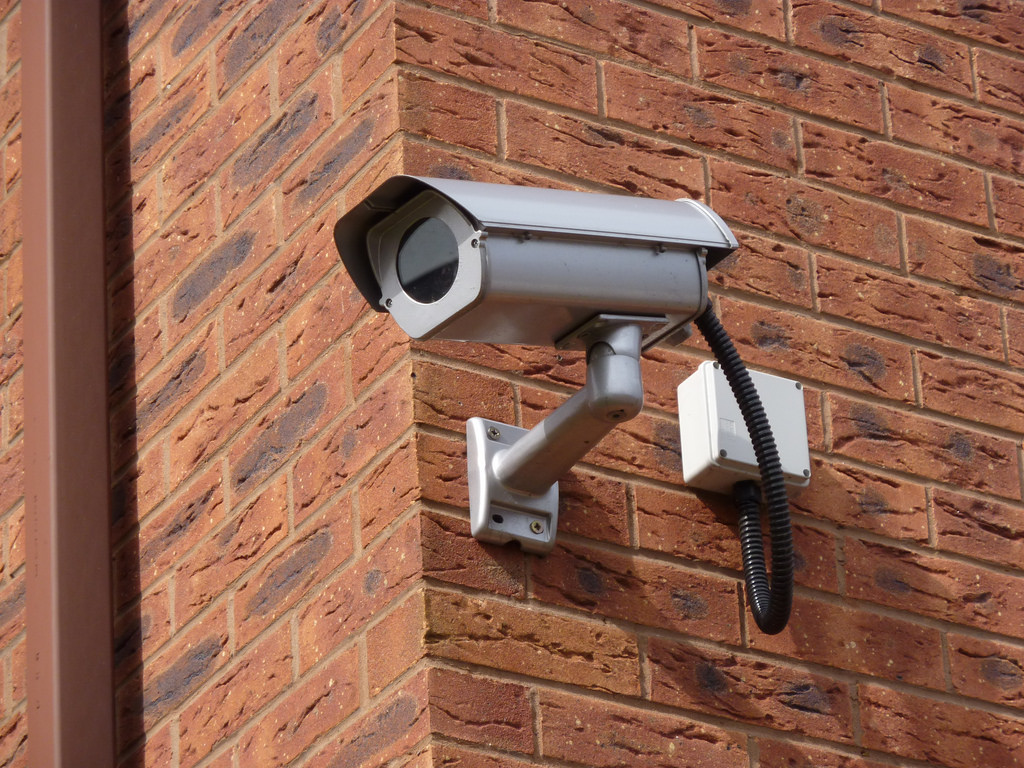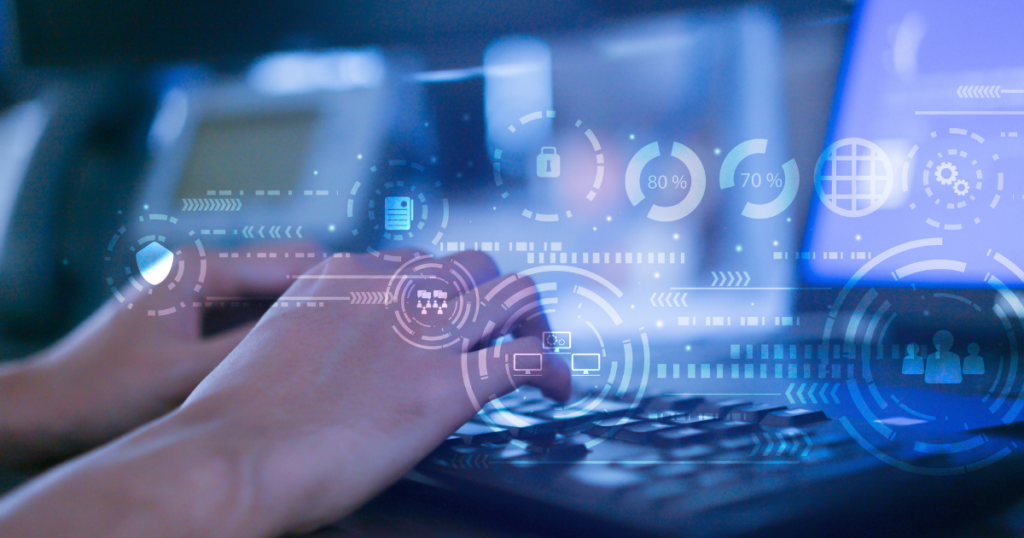Your data center is the digital heart of your organization, and you’ll need to make a proactive effort to keep it secure. There are many potential threats that a data center could face, from physical threats like fires and natural disasters to cyber threats like DDoS attacks.
What strategies are going to keep your data center safe and operational?
Physical Security

Source: protekfs.com
To start, it’s important to invest in the physical security of your data center. In the age of cybersecurity, most people immediately think about digital and virtual strategies, but physical strategies are just as important.
- Choose the right location When planning your data center, choose the right location. It’s important to establish your data center in an area with minimal risk for natural disasters like earthquakes and floods; this way, you innately bear fewer risks.
- Invest in fire suppression The right fire suppression system can immediately react to a fire in progress and extinguish it before it does any major damage. With clean agent suppression systems, you won’t have to worry about damage to your sensitive equipment. It’s a small investment that can save you millions of dollars in damages.
- Create redundant power sources Data centers need a constant supply of power, which means that any type of interruption is a significant threat. That’s why it’s important to create redundant power sources, so you always have a backup in place.
- Control your entry points Restrict entry points so you can keep tighter security controls. If you have a dozen entrances, physical threats could conceivably come from any of them. But if you only have one or two entry points, you’ll have much greater control over who goes in and who comes out.
- Segment the network Segmenting your network, physically, is an easy way to mitigate potential damage. It’s a way of quarantining potential problems so they don’t spread.
- Manage pests It’s easy to neglect, but you also need a plan for controlling pests. Bugs and rodents can sometimes chew through your wiring or cause other forms of damage.
Access Security

Source: matrixfireandsecurity.co.uk
Next, you’ll need to have a plan in place for access security.
- Set up CCTV Monitoring equipment can give you visual access to the data center at all times, so you can respond to threats in progress as long as you remain vigilant.
- Layer and control access You shouldn’t provide access to your data center unless it’s absolutely necessary. Different types of people, in different roles, should have different levels of access.
- Provide virtual access securely If you’re going to provide virtual access to your data center, do it securely and carefully.
Employee Training and Education
Roughly 88 percent of data breaches are caused by human error. Even competent employees are capable of making mistakes, especially when those mistakes are forced by processes like social engineering. If your employees aren’t aware of potential threats, or if they aren’t sure what to do in the face of a potential threat, they’re not going to be able to keep your data center secure. That’s why it’s important to provide adequate employee training and education, as well as ongoing reviews to verify compliance.
Invest in Better Monitoring Tools
Better monitoring tools can help you better understand the flow of traffic on your network, so you can take intervening action when necessary. You should have automatic alerts set up, so you’re immediately notified when there’s any level of suspicious activity in play.
Update and Maintain Your Hardware and Software

Source: everound.com
Ongoing maintenance is also crucial. You need to regularly patch your software, keep your systems updated, replace worn components, and fix issues if you want to reduce vulnerabilities. If your hardware or software becomes damaged or obsolete, it’s going to be very easy for cybercriminals to take advantage of them.
Establish Data Backups
Most people intuitively understand the value of data backups. If you have important data on a hard drive, it’s important to have that data stored elsewhere, so if something happens to the hard drive, you don’t lose it. No matter how secure your data center is or how well you manage it, it’s never going to be perfectly safe. Because of this, you’ll need backup measures in place (including, potentially, redundant data centers). If all your security and protection measures fail, and you lose your primary data center, it’s going to be devastating. But with adequate backups, it won’t ruin you.
With these strategies, and continued commitment to data center security, you can better protect your data center and make sure your organization continues to flourish. This takes a significant, proactive investment of both time and money, but it’s worth it to achieve your goals and keep your organization safe. Be sure to regularly audit your security measures so you can update them as needed.



